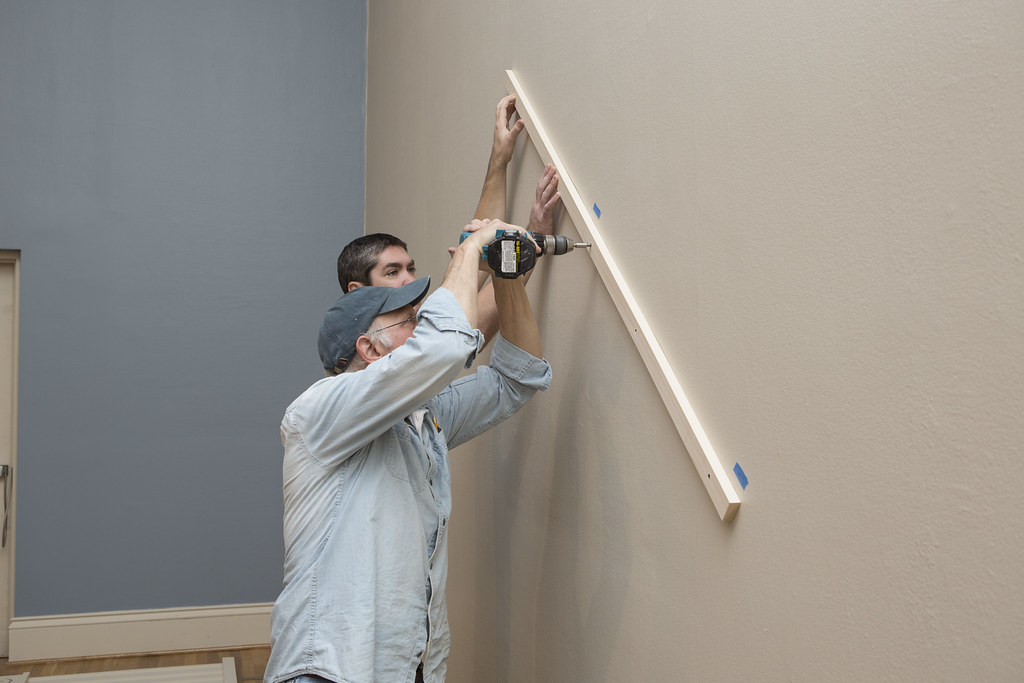Transform your plastering skills overnight with expert techniques for wielding the plastering spatula like a seasoned pro.
For professional plasterers and DIY enthusiasts alike, mastering the plastering spatula is the key to achieving those enviably smooth finishes that define quality workmanship. Whether you’re working on a residential renovation in Kent or tackling a commercial project, understanding your most essential tool is crucial for delivering outstanding results that stand the test of time.
Understanding Your Plastering Spatula
The plastering spatula, often referred to as a plastering trowel in the UK, is the cornerstone of any plasterer’s toolkit. This seemingly simple tool is actually a marvel of engineering, designed specifically for achieving those perfectly smooth finishes that clients expect. Recent studies show that professional plasterers spend up to 70% of their working time actively using their spatula, making it perhaps the most crucial tool in their arsenal.
Anatomy of a Quality Plastering Spatula
- Blade Material: Premium stainless steel that’s rust-resistant and maintains its edge
- Blade Length: Typically ranging from 250mm to 450mm for different applications
- Handle Design: Ergonomic grip with shock-absorbing properties
- Weight Distribution: Balanced construction to reduce wrist strain
- Flexibility: Varying degrees of blade flex for different plaster types
Choosing the Right Spatula for Different Jobs
Selecting the appropriate spatula is crucial for achieving professional results. For large wall areas, a broader blade of 350-450mm is ideal, while detail work and corners benefit from smaller 250-300mm tools. Modern spatulas now feature advanced polymer handles that reduce fatigue by up to 40% compared to traditional wooden handles.
Essential Techniques for Perfect Plastering
Mastering plastering techniques requires understanding both the tool and the material. The key to success lies in maintaining consistent pressure and angle while working with the natural drying time of the plaster. Professional plasterers in Kent consistently achieve superior results by following these fundamental principles.
The Perfect Grip and Stance
- Hand Position: Maintain a firm but relaxed grip on the handle
- Body Stance: Keep feet shoulder-width apart, knees slightly bent
- Arm Movement: Use your entire arm, not just your wrist
- Working Height: Position yourself so your forearms are parallel to the floor
- Working Distance: Stay about arm’s length from the wall
Mastering the Basic Strokes
The foundation of professional plastering lies in mastering three essential strokes: the horizontal sweep, the vertical lift, and the cross-scratch. These movements should be smooth and controlled, with consistent pressure maintained throughout each stroke. Expert plasterers recommend practicing these movements for at least 20 hours before tackling significant projects.
Advanced Spatula Skills for Professional Finishes
Once you’ve mastered the basics, it’s time to develop advanced techniques that set professional work apart. Statistics show that 90% of client callbacks are related to finish quality, making these advanced skills crucial for success in the trade.
Achieving Smooth Corners and Edges
- Use a smaller spatula for precise corner work
- Apply consistent pressure when feathering edges
- Work in sections no larger than 1 metre square
- Always maintain a wet edge when joining areas
- Use specialized corner tools for internal angles
Working with Different Plaster Types
Different plaster compositions require varying techniques. Gypsum-based plasters need gentle handling with a flexible blade, while lime plasters benefit from firmer pressure with a stiffer spatula. Modern acrylic-modified plasters require quick work due to their faster setting times.
Maintenance and Care of Your Plastering Spatula
Professional plasterers understand that tool maintenance directly affects work quality. Regular maintenance can extend a spatula’s life by up to 300%, making it a crucial aspect of professional practice.
Cleaning and Storage Best Practices
- Clean thoroughly after each use with warm water
- Remove all plaster residue before it sets
- Store in a dry environment to prevent rust
- Use a light oil coating for long-term storage
- Keep the blade edge protected when not in use
When to Replace Your Spatula
Look for signs like blade warping, handle loosening, or excessive wear along the edge. Most professional plasterers replace their primary spatulas every 12-18 months, though this varies based on usage intensity and maintenance quality.
Common Mistakes and How to Avoid Them
- Inconsistent Pressure: Maintain even pressure throughout each stroke
- Poor Tool Selection: Use the right size spatula for each task
- Rushed Application: Work at a steady pace within plaster setting times
- Inadequate Preparation: Ensure surfaces are properly prepared before starting
- Neglecting Maintenance: Clean tools thoroughly after each use
Conclusion: Putting It All Together
Mastering the plastering spatula is a journey that combines proper tool selection, technique development, and consistent maintenance. By following these professional guidelines and dedicating time to practice, you’ll develop the skills needed to achieve those enviably smooth finishes that clients expect. Remember, even the most experienced plasterers in Kent continue to refine their technique, proving that the pursuit of perfection is an ongoing process in the plastering trade.
FAQ
When would you use a spatula?
Spatulas are incredibly versatile and can be used in many cooking and baking tasks. From sautéing vegetables to flipping pancakes or spreading frosting on a cake, spatulas are invaluable in the kitchen. They’re designed to help you maneuver food, scrape out mixing bowls, and ensure no delicious sauce is left behind.
What is the benefit of a spatula?
One of the most common uses is flipping foods such as pancakes, burgers, and omelettes, where the spatula’s flat blade ensures even cooking and easy handling. Spatulas are also routinely used for mixing and folding ingredients, particularly in baking, where they help achieve uniformity in batters and doughs.
What are 3 uses of spatula?
A spatula is a broad, flat, flexible blade used to mix, spread and lift material including foods, drugs, plaster and paints.
How do you clean a plaster spatula?
Soak handheld metal tools overnight in water and baking soda. This will soften the plaster and you can then scrape it off with a putty knife or similar. If any stubborn layers remain you can continue to clean with a scouring pad.
Sources
[1] https://www.coloratelierpaint.com/products/stainless-steel-spatula-plastering-scraping-mixing
[2] https://www.greatlakesdentaltech.com/plaster-spatula-10r-165-002.html
[3] https://oleaspecialtyproducts.com/products/plaster_spatula_501

